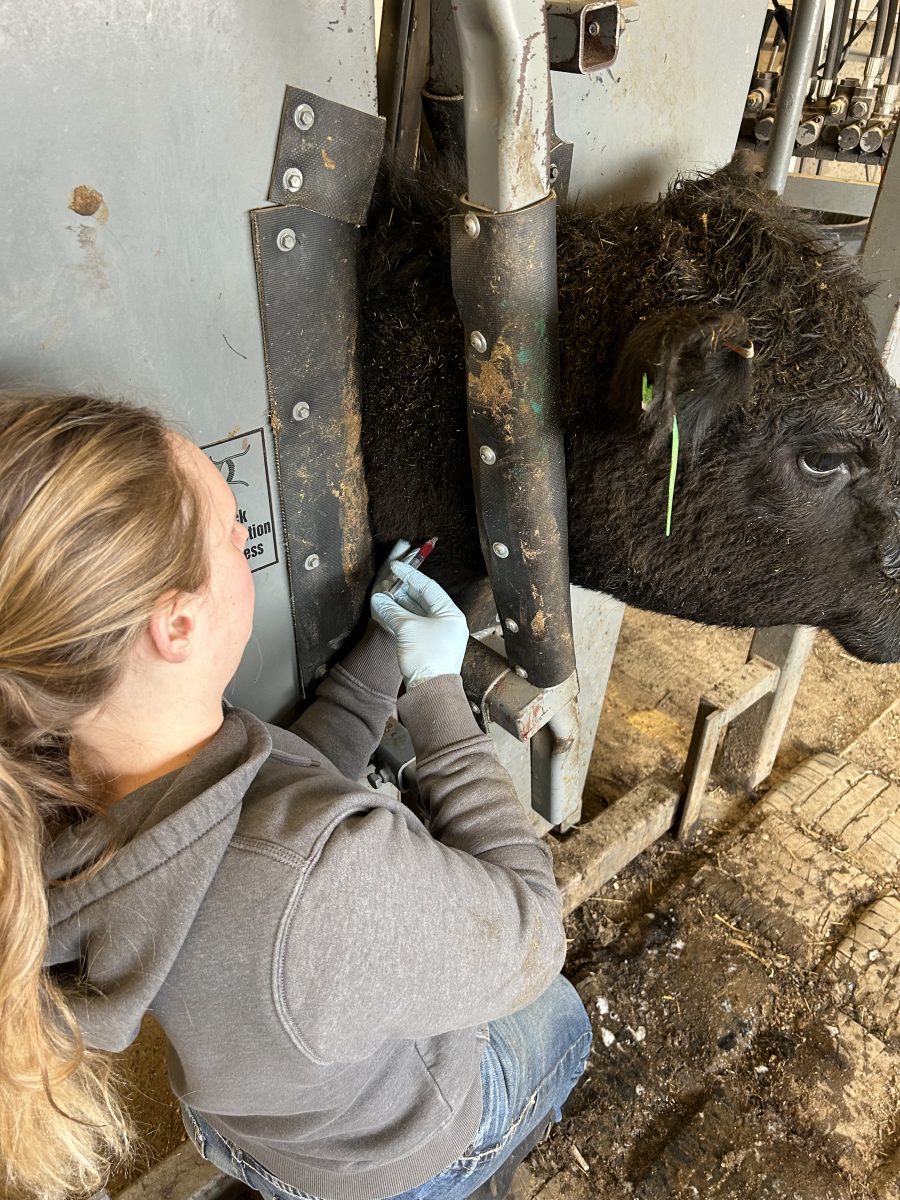Don’t believe everything that is said about the food industry
April 27, 2016
I’ve been reading articles lately about things that are “safe” and “not safe” for humans to eat. As an agricultural major as well as someone who grew up on a farm that raises beef cattle, I am always interested in consumers’ viewpoints.
I think it is very important to read articles from different sources to make sure that you are getting factional and reliable information. I also think that as a producer, it is important for myself to know what “food trends” consumers are following right now as well as what some of the most influential bloggers are saying about agriculture.
It amazes me how many people will read one article about a controversial food topic and immediately jump on the bandwagon. A lot of food topics and crazes are simply trends that are not backed by scientific evidence or anything at all, they are simply opinions.
I read an article today by the Food Babe about why you should never eat Girl Scout Thin Mints because of the ingredients in them. She went on to say that it was mostly because they contain sugar from sugar beets (where a lot of sugar comes from) that are fertilized by Roundup Ready fertilizers when they are growing.
Many farmers use fertilizers on their crops to keep the bugs away, to help the crops grow and to keep the weeds from growing. People use the same things in their gardens at home to grow fresh produce for their own consumption or to sell at local markets. I don’t know about you, but I would not want to consume apples filled with worms or corn that was full of bugs. These types of practices help get rid of these problems.
I also know for a fact that the Food Babe is not going to stop me from eating Girl Scout Thin Mints. They are one of my favorite things in the whole world. If she would have done a little bit of research instead of basing this article off of things that were not all true, she would not be worried about eating them either.
I read a couple of the other articles while I was on her blog and was astounded at what I was reading. Many of the things on her blog are not backed by any sources. She uses a lot of scare tactics to persuade people to believe her such as “You’ll never want to eat (insert food here) after hearing what’s really in it.” I would rather be an informed consumer than a scared one.
Another big topic in food right now is making sure you are eating “antibiotic-free meat.” All meat is antibiotic-free, though. According to Alltech.com, antibiotics given to animals to treat sickness have a withdrawal period, meaning the animal may not be sold for market until a certain time has gone by. This ensures that the antibiotic has completely left the animal’s system. This means there will be no antibiotics or antibiotic residue in the meat.
Farmers and ranchers care for the animals that they are raising. If an animal is sick, an antibiotic is sometimes the only thing to give them to ensure that they make a recovery.
I understand that there are a lot of blogs and websites saying otherwise, but people need to make sure that they are reading articles from reliable sources.
The best sources for finding out more about what goes into your food is talking to a farmer or someone who is involved in the agriculture industry. Some websites like the USDA and the FDA are also really good sources. Try not to jump on any bandwagons until you know for sure that the things you are doing are actually benefiting your health.
I would be happy to answer any questions you might have about farming or where your food comes from. I am not a nutritionist or a dietitian, but I can answer any questions about farming because that is what I know.
Kendra Davis is an agriculture communications major at SDSU and can be reached at [email protected].



















